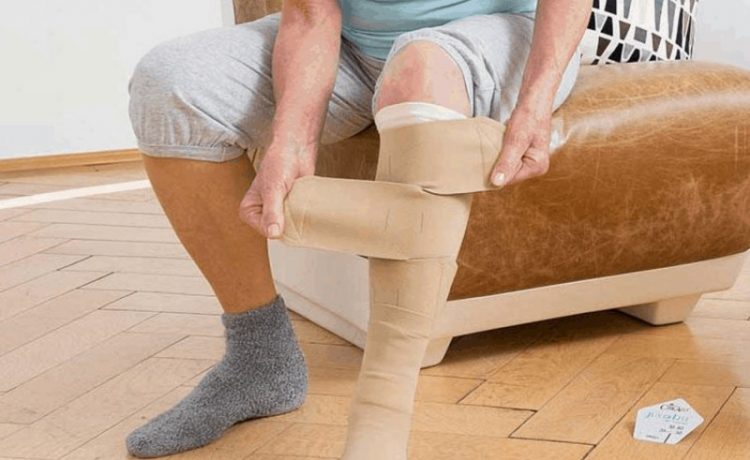Compression therapy is essential for the treatment and prevention of lymphedema. Lymphedema is a serious health problem that can arise after breast cancer surgery that involves the removal of the lymph nodes. It stops the lymphatic system from rightly draining and filtering lymph fluid causing it to build up the tissues around the wound place or in the extremities.
Lymphedema can cause extreme fibrosis, infection, and cellulitis if left untreated. Compression garments give gentle gradient force to your legs and arms to improve the circulation of lymph fluid and better blood flow.
Types of compression garments of lymphedema
Here are some of the types of compression garments for lymphedema:
Compression stockings
Compression stockings alleviate aching, tired legs and better poor lymphatic drainage from your feet up toward your thighs. The stockings a specialized knit that give gradient force to move lymph fluid up and away from your feet to stop swelling.
They come in a big range of colors, sizes, and styles from full thigh length stockings to ankle and knee length compression socks that are perfect for everyday wear. Many models spec a light silicone band to keep your socks and stockings in place.
Compression sleeves
Compression sleeves are made to get rid of swelling in your lower and upper arms. They can be worn with or without a gauntlet to cover the palm and wrist, and give the best amount of force while still permitting you to move freely.
Compression bandages and wraps
Create a custom fit with just the best amount of force with a compression wrap. Foot and arm wraps permits for simple application, and permit you to make micro adjustments all through the day to maintain continue and relax force.
Wraps can wear twenty-four hours a day as you loosen the bindings slightly at night for sleep.
Post-surgical compression bras
Post-surgical compression bras are advised by doctors for use quickly after breast cancer surgery. The gentle compression reduces swelling and can quick up your recovery by promoting excellent flood flow to the surgical site and draining away lymph fluid to stop infection.
Many compression bras come with perfect specs including Velcro and closures straps which permit you to dress more simply if you have a restricted range of motion after surgery.
Finding the best fit for your compression garments
The right fit is very important for the worth of your compression garments for lymphedema. Compression garments are created to fit snugly without limiting your blood flow. If they are too loose they are not capable to deliver the compression level necessary to address your place.
Make sure you take right measurements of the affected limb before purchasing compression garments. You should measure both the narrowest and widest part of your leg or arm to find the top fit for your body. Please note that measurements should be taken when your lib is at its most narrow state to permit for excellent sizing accuracy.
Lymphedema garments applications
The garments are amazingly created for every area of the body that may afflicted by lymphedema, and you can have your choice to fit and style.
- The sleeve is use on the arm during any situation. It is relax and can be pretty stylish to match your wardrobe.
- A gauntlet or finger glove is worn on hand without person finger cutouts and generally complements a sleeve to decrease the lymphedema effects.
- For women, you have a support bra to treat this issue in the chest area or a full vest when you need the support in the trunk region.
- Compression shoulder sleeves come in a dual or single wrap for issues that exists in upper areas of the body. A neck wrap can also help with any issue that you might be experiencing due to shoulder issues.
- Compression shorts work to ease problems you may be experiencing in the groin region when dealing with lymphedema. They are unnoticeable and relax when worn in any condition.
- Compression wraps are affixed to issue areas, and they deal in a localized treatment that needs force to remove invasion fluids. They can be manually applied, and the force can be modified as the patient becomes tolerant to the treatment.













